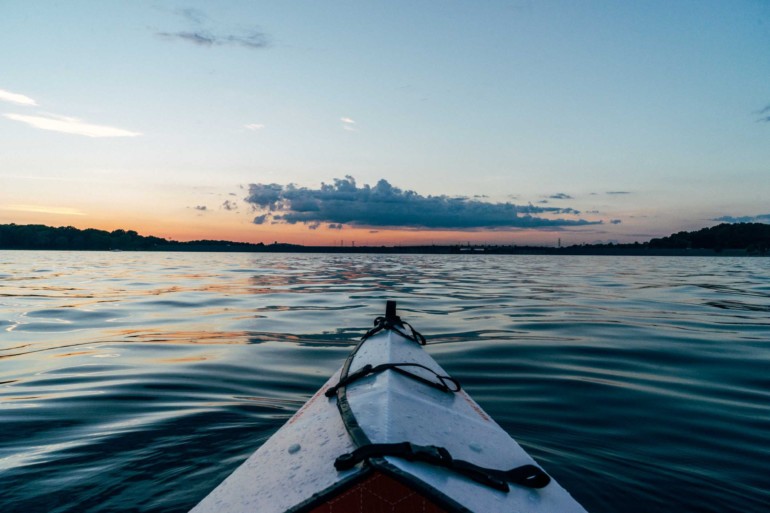The therapeutic and health benefits of kayaking are well-established, and nothing beats being out on the water in a setting of pristine natural beauty. Marin County offers plenty of premier paddling locations, but if you have to choose just one or two to explore, consider the list below. These are the five spots most often mentioned when you ask locals to recommend kayaking that won’t disappoint.
Angel Island State Park
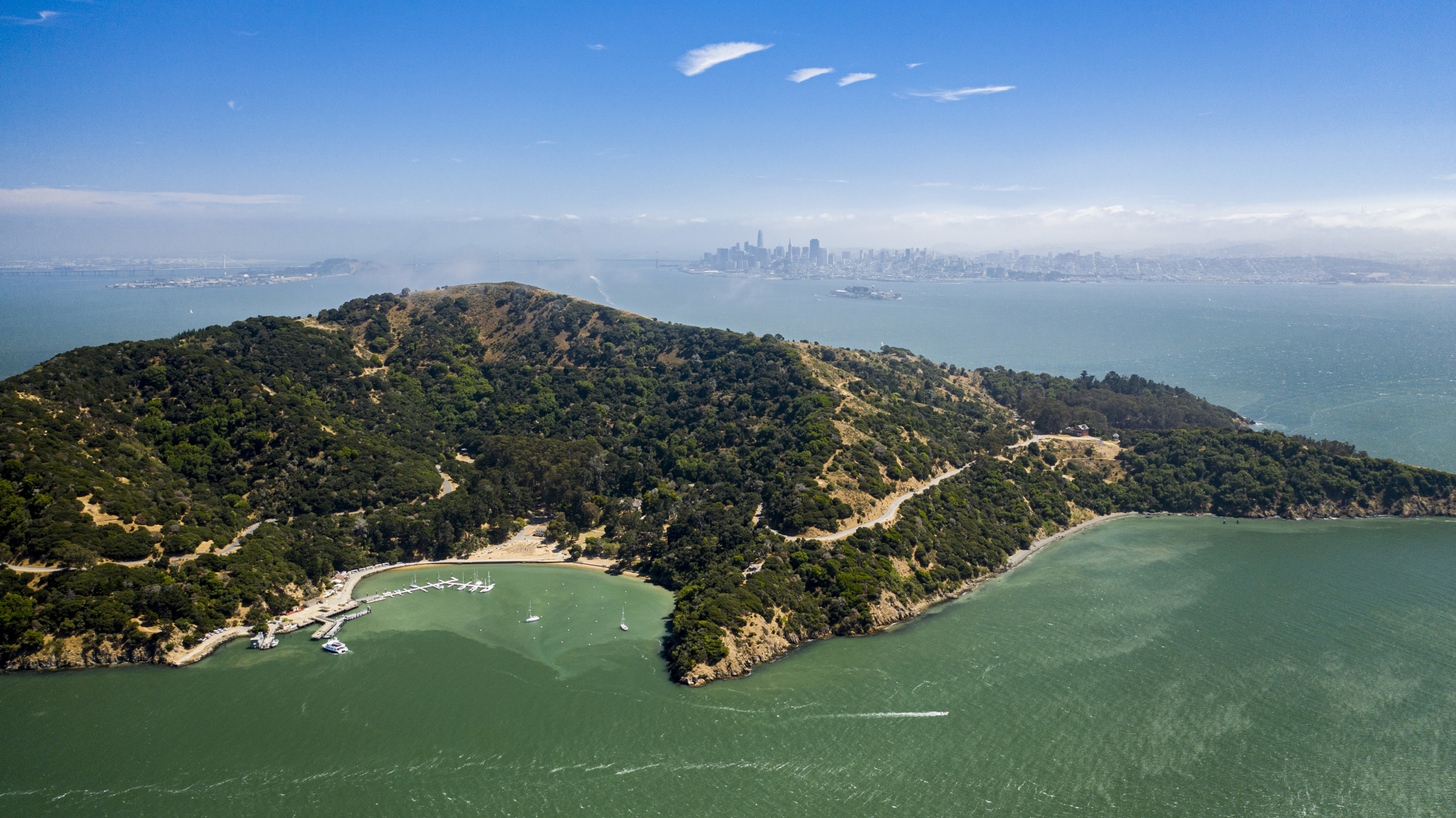
Angel Island was used for hunting and fishing by the Coast Miwok Native Americans from about 2000 years ago. Now officially recognized as a California Historical Landmark, it’s been used for several different purposes over the years. Among other things, it has served as a United States Public Health Service Quarantine Station, a military installation and a Bureau of Immigration Inspection and Detention
The Angel Island Immigration Station has actually been declared a National Historic Landmark and the spot also played an important role in the American Civil War. In short, visiting this State Park is thrilling for history buffs!
Nature enthusiasts will be just as happy to explore San Francisco Bay’s largest natural island where they can take in the spectacular views (including Napa and Sonoma to the island’s north side, and San Jose to the south) in a kayak from the on-site rental facility.
There’s also a great selection of hiking trails to choose from, along with other recreational activities. Almost as soon as you start exploring, you’ll see an abundance of wildflowers, chamise, California Hazelnut, bay manzanita, elderberries and other beautiful species of flora. The wildlife is as diverse as the vegetation, and lucky visitors will spot raccoons, seals, sea lions, deer flickers, owls, blue herons and many other animals.
Tomales Bay
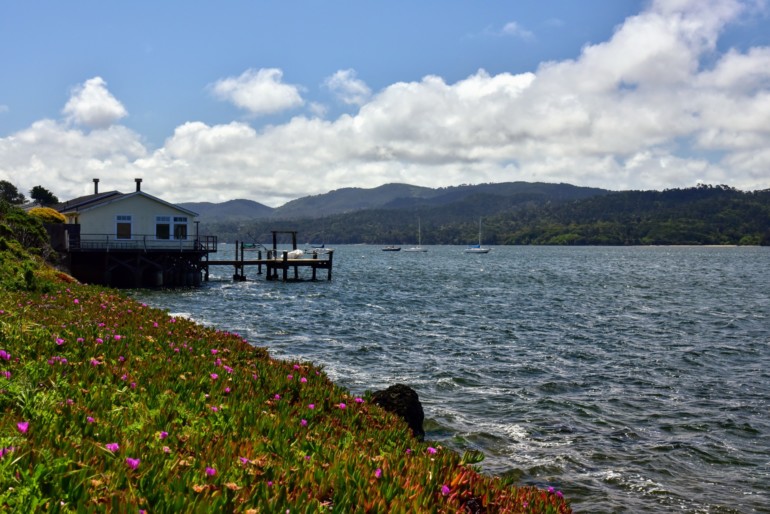
The long, narrow Pacific Ocean inlet of Tomales Bay is both scenic and serene. The California Bays and Estuaries Policy recognizes the area for protection, so its wonderfully diverse flora and fauna should be enjoyed for generations to come. Species include harbor seals, bat rays, pelicans, Tule Elk (over 400) ospreys, leopard sharks, river otters, sea lions, bunchgrass, coastal terrace prairie and eucalyptus. Thanks to the low levels of human infringement, whales have even been spotted on a few occasions.
In fact, there are more than 900 species of animals, plants, and birdlife to be found around the Bay and its extraordinary watershed. Take a tour of the wetlands at the south end, to see first-hand how much good the Giacomini Wetland Restoration Project has done.
Because the tours around Tomales Bay are so gentle, they’re suitable for kayakers of every paddling skill, which makes them a great activity for the whole family. For something really special, treat yourself to a nighttime kayaking tour of Tomales Bay on moonless evenings. These are held on darker evenings so that paddlers can search for bioluminescence, which usually can’t be seen when the moon is shining.
Bioluminescence is the emission of light by organisms, and in the case of Tomales Bay it comes from thousands of tiny dinoflagellates (a type of algae) which give off the flashes when they are disturbed.
The bluish-white flickers appear when schools of fish swim through the dinoflagellates, creating a trail of phosphorescence that has the appearance of a glowing cloud.
There’s a special kind of magic in this incredible natural light show, and because the water is so calm the Bay is the perfect place to witness it. If you’re especially lucky, you’ll see seals chasing the fish and creating a truly unforgettable phosphorescent event.
Corte Madera Marsh Ecological Reserve
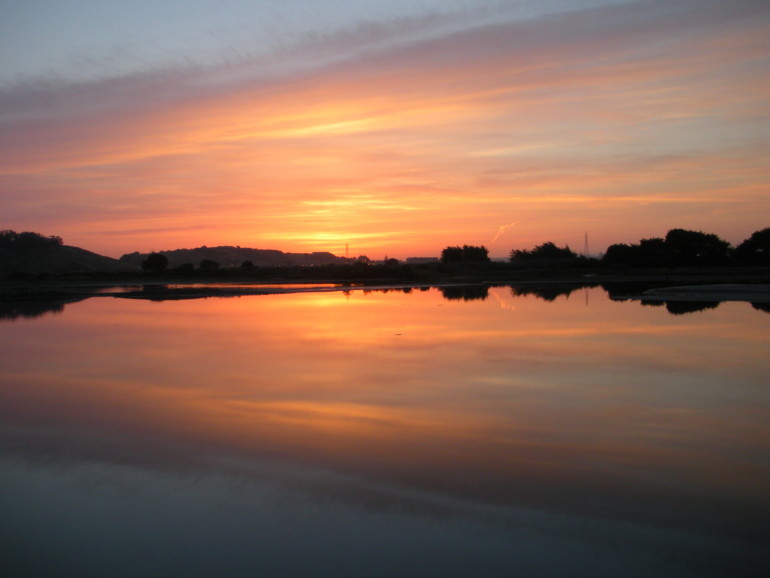
Corte Madera Marsh Ecological Reserve is located in the City of Larkspur bedroom community and is perfect for those in the mood for a mellower experience. The northern salt marsh spans 620 acres, and is home to Saltgrass, pickleweed, gum-plant, marsh rosemary, dock, cordgrass, knotweed and other plant species, along with the endangered species salt lake harvest mouse, raccoons, and several species of birds.
Look up at any given time and you might see great blue heron, marbled godwits, egrets, peregrine falcons, white-tailed kites, northern harriers and willets, among other feathered friends.
As you paddle your kayak leisurely through the beautiful wetlands, you’ll see the San Francisco Bay which connects to the marsh near the incorporated town of Corte Madera, as well as Mount Tamalpais – rightly known and loved as a symbol of Marin County itself.
China Camp State Park
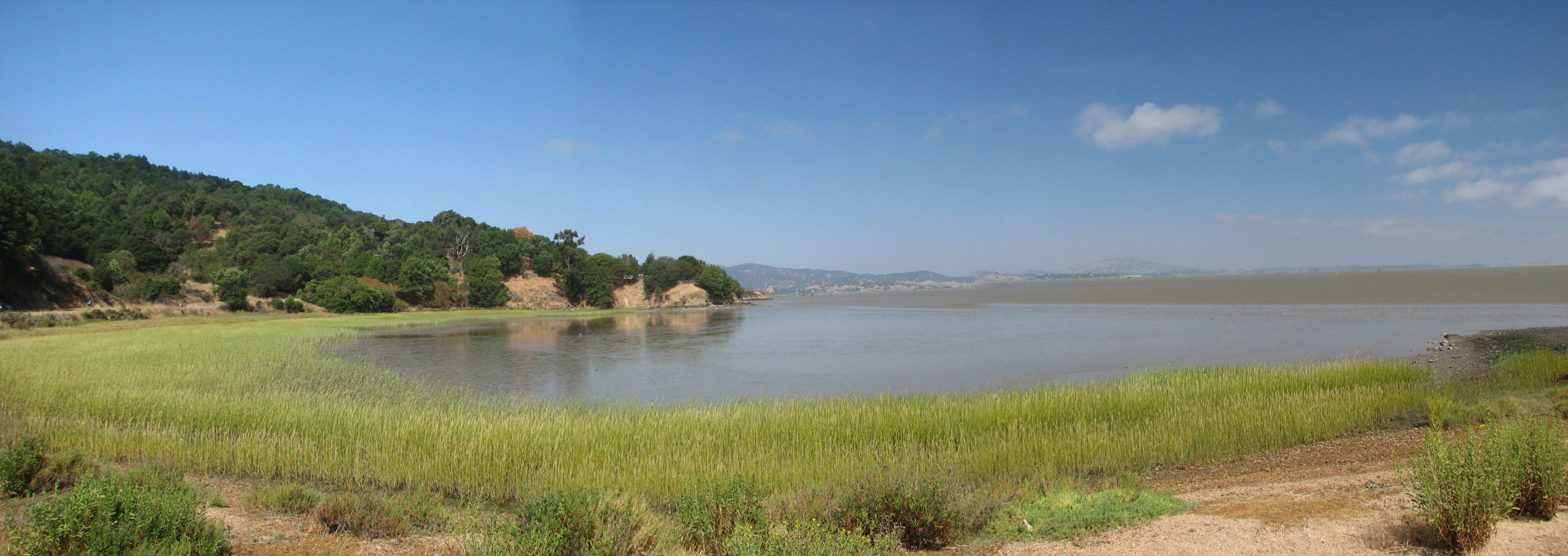
The Coast Miwok people lived in the area that is now the China Camp State Park before the 1700s. Spanish ships landed in 1775 and founded the Mission San Rafael Arcángel nearby. Later it passed through the hands of various American businessmen, before becoming a Chinese settlement by the 1880s. Today the park surrounds a historic shrimp fishing village, as well as the salt marsh where Chinese Americans caught the shrimp.
As part of the San Francisco Bay National Estuarine Research Reserve, the China Camp State Park promotes wetland and estuary education, research, and stewardship. Kayakers will enjoy exploring the salt marshes and paddling along the open bay coastline, taking in the magnificent views as they go. The flora and fauna on display include purple needlegrass, Valley Oaks, laurel, madrone, toyon, coyotes, foxes, bats, squirrels, and deer, so you’re in for a visual feast when you visit.
Drakes Estero
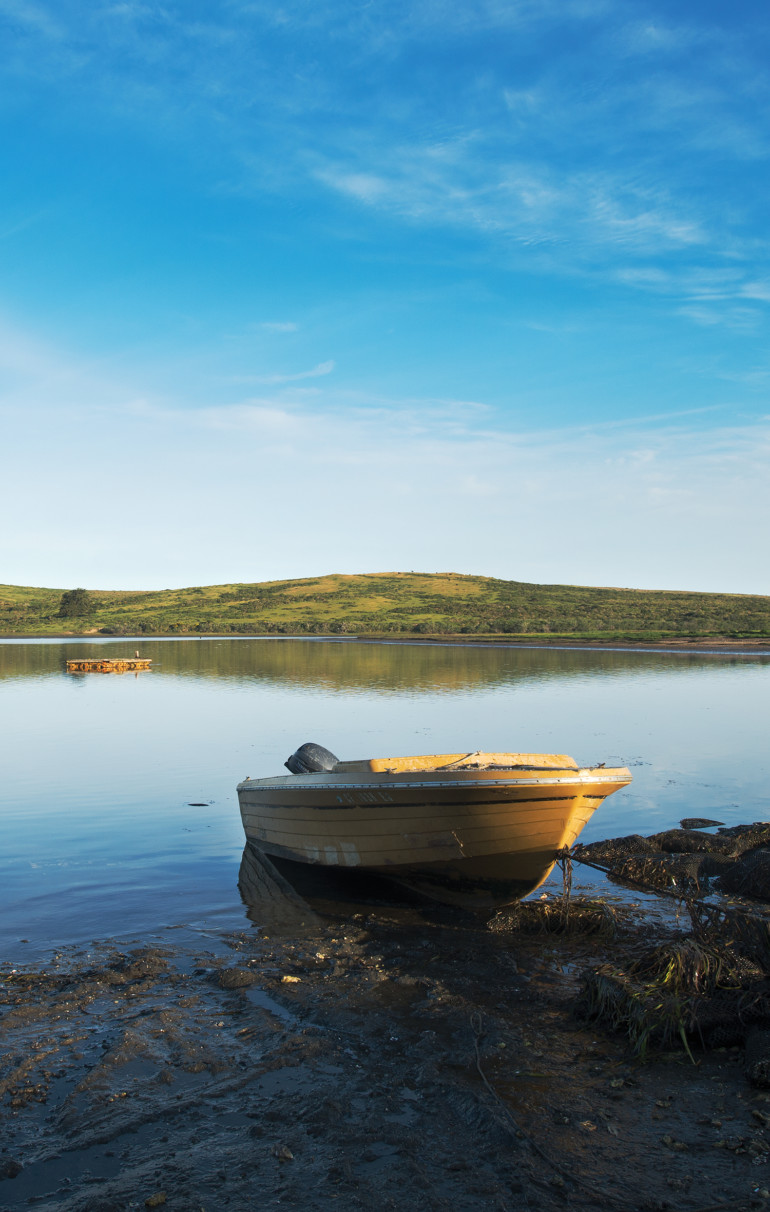
Drakes Estero is an estuary in Marin County’s Point Reyes National Seashore. Particularly expansive and picturesque, it’s a favorite with local and visiting kayakers alike. While paddling on the water, you’ll be surrounded by verdant farmlands, with red-tailed hawks, loons, osprey, geese, shorebirds, grebes, white pelicans and other bird species flying above you. You’ll also get to glide through eelgrass, past mudflats, and alongside oyster beds.
As you move through the estuary, you’ll enjoy identifying the huge variety of animals that populate the hillsides which surround the waterway. Eagle-eye paddlers should be on the lookout for mountain lions, coyotes, bobcats and other species, and in the water itself, you might see bat rays, harbor seals, or even leopard sharks. Just be aware that kayaking on the Drakes Estero is closed from March 1 to June 30 every year for seal protection.
Kayaking is a wonderful way to see more of Marin County and any one of these options will not let you down.
How to Help
For more ways to support local businesses, go here.
For more on Marin:
- Water Therapy: Fitness For Mind and Body
- A Marin Home Gets Remodeled For Outdoor Living
- Keep the Olympic Spirit Going in Marin: Join the Marin Magazine Decathlon
 Mark is a full-time globe-trotting kayaking and SUP junkie. Making his way across the world, one rapid at a time. When he’s not out paddling on the water he’s the chief editor for Kayak Guru, where he writes about anything and everything kayak, fishing, and SUP related.
Mark is a full-time globe-trotting kayaking and SUP junkie. Making his way across the world, one rapid at a time. When he’s not out paddling on the water he’s the chief editor for Kayak Guru, where he writes about anything and everything kayak, fishing, and SUP related.

